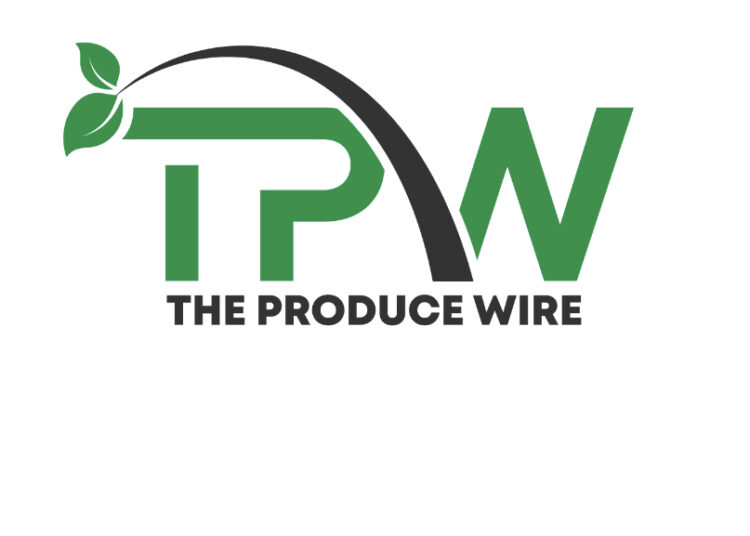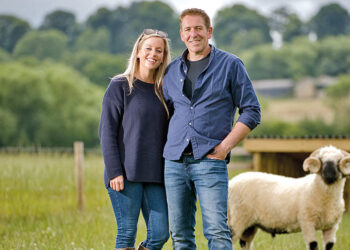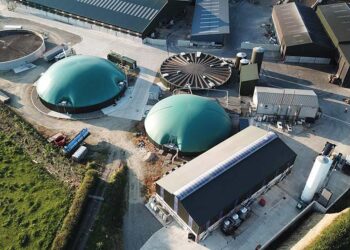A major Listeria outbreak in Switzerland has sickened more than 30 since 2022 and seven people have died.
The first case was reported in April 2022, and the outbreak peak occurred in 2023. The last sick person became ill in June 2024.
An article in the Emerging Infectious Diseases journal revealed that the median age of all 34 patients was 79, ranging from less than 1 to 93 years old. Eighteen were female, and 16 were male. The distribution was wide, with patients across different cantons.
Listeriosis was the primary cause of death in all seven cases, according to notification data.
A questionnaire-based outbreak investigation by the Swiss Federal Office of Public Health did not identify a specific food exposure.
In 2023, 74 Listeria monocytogenes infections were reported compared to 78 in the previous year. This was primarily because of a nationwide outbreak, with six cases in 2022, 23 in 2023, and five in 2024.
Link to producer
All 34 isolates were genetically related to Listeria monocytogenes from baker’s yeast products from a commercial factory and its production lines.
Baker’s yeast products were supplied to the food industry throughout Switzerland and sold in retail stores. In 2022, the manufacturer found Listeria monocytogenes in yeast product samples as part of self-control practices; however, in the absence of legal requirements for non–ready–to–eat (RTE) products, findings were not reported.
In July 2023, official random and risk-based checks by a cantonal laboratory revealed the presence of Listeria in a yeast product. WGS analysis confirmed it was the outbreak strain. This prompted environmental sampling at the manufacturer’s production site and retrospective WGS analysis of all available isolates.
From July 2023 to August 2024, the producer commissioned microbiological testing on different production steps, and product samples or swabs were obtained from the yeast cream, vats, pipe systems, drying filters, extruders, conveyor belts, and cutting machines. All sequenced Listeria monocytogenes isolated from the production line and the strains from yeast products matched the outbreak strain.
The lab identified a flow pipe connecting a starch vat to the yeast drying bed as the first point of contamination. The manufacturer started deep cleaning all processing equipment at the place of the production line, where the positivity was detected.
Raw yeast and dough risk
A product recall was not issued because baker’s yeast is not classified as RTE food. However, only batches subjected to extensive controls and with below 10 colony-forming units of Listeria monocytogenes per gram were released for sale. Further investigations showed no growth of Listeria monocytogenes during the shelf-life of baker’s yeast.
Products made with baker’s yeast normally undergo a heating step to control contamination. However, as seen in raw dough–associated outbreaks caused by E. coli and Salmonella in Canada and the United States, contaminated dough represents a health hazard if consumed raw, and cross-contamination can occur during handling. In the Swiss case, the outbreak strain was also detected in food items in several restaurants and institutional catering establishments in different cantons.
“This outbreak, likely linked to baker’s yeast, highlights the lack of data on contamination of non-RTE products by foodborne pathogens, including Listeria monocytogenes, and the need for manufacturers of baker’s yeast to consider this risk in their production processes. Moreover, this outbreak should raise awareness that compliance with basic hygiene measures to prevent cross-contamination is essential when handling food that is not RTE,” said researchers.
(To sign up for a free subscription to Food Safety News, click here.)













